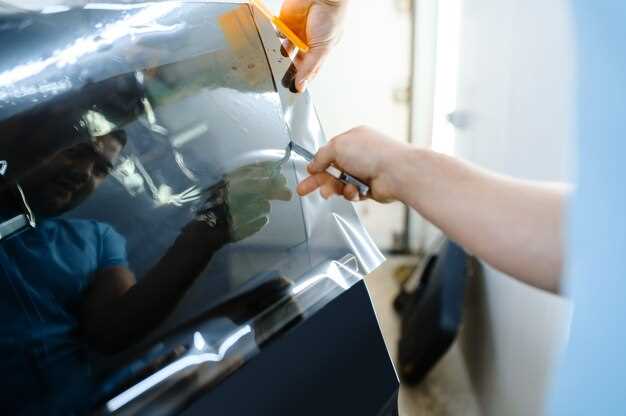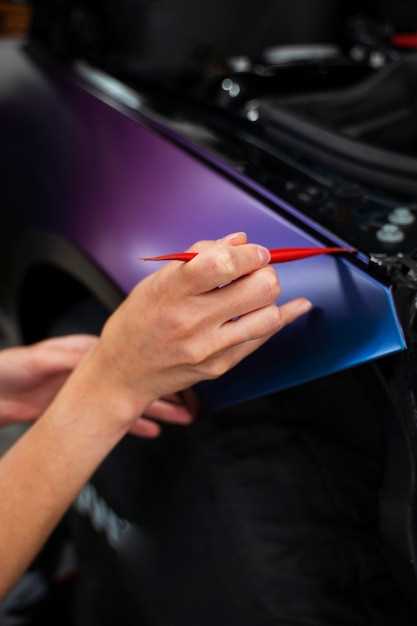
Window tinting has become an essential addition for both vehicles and homes, offering a blend of style and functionality. The process involves applying a thin film to glass surfaces, transforming an ordinary window into an element that elevates aesthetic appeal while providing various benefits. With a wide range of tint options available, homeowners and car enthusiasts alike can customize their spaces to reflect personal taste and preferences.
Beyond just enhancing appearance, tinted windows serve practical purposes that can significantly impact comfort and safety. By blocking harmful UV rays, window tinting protects interiors from fading and reduces heat buildup inside spaces. This reduction in heat contributes to improved energy efficiency, as it lessens the reliance on air conditioning. Additionally, the right level of tint can provide privacy without sacrificing visibility, enabling occupants to enjoy their surroundings while maintaining a sense of security.
As more individuals recognize the advantages of window tinting, its popularity continues to grow. Invest in window tinting today to experience the perfect balance of style and function, ensuring your windows not only look good but also serve your needs effectively.
Choosing the Right Window Tint for Your Vehicle’s Aesthetic

Selecting the appropriate window tint for your vehicle is crucial for enhancing its overall aesthetics while providing added benefits. The right tint can transform the look of your car and complement its design. Here are some key factors to consider when making your decision:
- Shade Levels: Window tints come in various shades, from light to dark. Consider the vehicle’s color and style when choosing a shade. Darker tints offer a more aggressive look, while lighter shades can provide a sleek, sophisticated appearance.
- Finish Types: Tints are available in different finishes, such as matte, glossy, or metallic. Each finish alters the light reflection and can contribute significantly to your vehicle’s aesthetics.
- Color Options: Aside from standard shades, window tints come in a variety of colors. Choose a color that harmonizes with your vehicle’s exterior. For example, a blue tint may complement a silver car, while a bronze option can enhance darker shades.
- Legal Considerations: Ensure that the selected tint complies with local regulations. Different regions have specific laws regarding the maximum allowable tint darkness for vehicles.
To make an informed decision, consider your personal style and how you want your vehicle to be perceived. Additionally, consult with professionals who can provide guidance based on the latest trends in automotive aesthetics. Remember, the right window tint should enhance your vehicle’s look while offering practical benefits, such as UV protection and heat reduction.
In summary, focus on the interplay between shade, finish, and color when selecting a window tint, ensuring that it aligns with your tastes and the vehicle’s overall design. A thoughtful choice will not only enhance aesthetics but also add functional advantages to your driving experience.
Maximizing Energy Efficiency with Window Tinting Solutions
Window tinting solutions provide significant benefits in enhancing energy efficiency for both residential and commercial properties. By applying specialized films to windows, homeowners and businesses can dramatically reduce heat gain during the summer months and minimize heat loss during the winter. This contributes to a more stable indoor climate, ensuring that heating and cooling systems operate more efficiently.
The primary function of window tinting is to block harmful UV rays and reduce glare, which helps in maintaining comfortable lighting levels. These features not only improve the aesthetics of a space but also protect furnishings and flooring from fading. Additionally, tinted windows can lead to lower energy bills, as they decrease the reliance on HVAC systems by maintaining an optimal indoor temperature.
Investing in quality window tint films can further enhance energy efficiency by selecting those with high Solar Heat Gain Coefficient (SHGC) ratings. These films allow visible light to enter while obstructing a significant amount of solar heat, making them an ideal choice for energy-conscious consumers. The reduction in energy consumption not only leads to cost savings but also contributes to a smaller carbon footprint, making tinted windows an environmentally friendly option.
Furthermore, various tint shades and styles are available, allowing property owners to choose an aesthetically pleasing solution that complements their architecture while maximizing energy efficiency. This combination of form and function makes window tinting an attractive option for anyone looking to enhance their property’s overall performance and aesthetic appeal.
Maintenance Tips for Long-lasting Window Tint Appearance

Proper maintenance is crucial for preserving the appearance and integrity of your window tint. By following a few simple guidelines, you can ensure that your tint remains in excellent condition for years to come.
Avoid Abrasive Cleaners: When cleaning tinted windows, choose gentle cleaning products specifically designed for window tint. Avoid using ammonia-based cleaners, as they can break down the tint film and lead to discoloration.
Use Soft Cloths: Always use a soft, lint-free cloth to clean the surfaces. Microfiber cloths are ideal, as they are less likely to scratch the tint. Avoid paper towels or rough materials that could damage the film.
Wait Before Cleaning: After installation, wait at least a week before cleaning tinted windows. This allows the adhesive to cure properly. Once cured, you can maintain a regular cleaning routine, but always be gentle.
Regular Inspections: Periodically inspect your window tint for signs of wear or damage, such as bubbling, peeling, or discoloration. Early detection of issues can save you from more extensive repairs later.
Avoid Sharp Objects: When transporting items in your vehicle, ensure they are secured and avoid placing sharp objects near the tinted windows. Scratches can permanently mar the surface of the tint and diminish its appearance.
Limit Exposure to Extreme Conditions: Whenever possible, park in shaded areas or use a car cover to protect your vehicle from direct sunlight for extended periods. Prolonged exposure can cause the tint to fade or deteriorate over time.
Professional Maintenance: Consider having your window tint professionally maintained or replaced if necessary. Professionals can provide treatments that help restore the tint’s appearance and function, keeping it looking fresh.
By following these maintenance tips, you can enhance the longevity and aesthetic appeal of your window tint, ensuring that it continues to provide style and functionality for many years.






